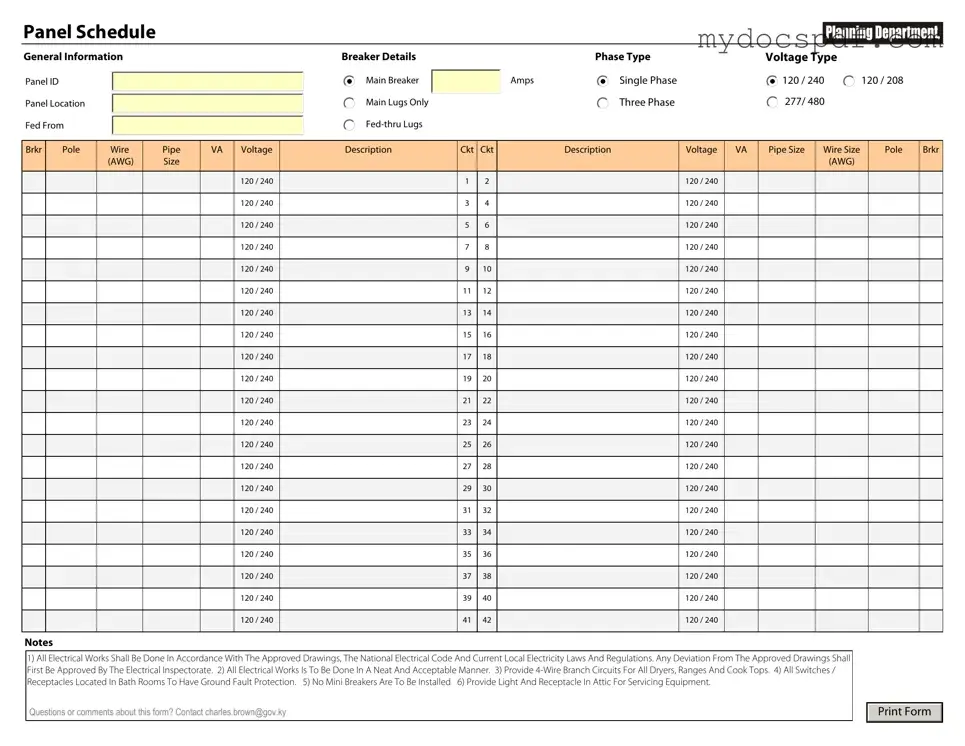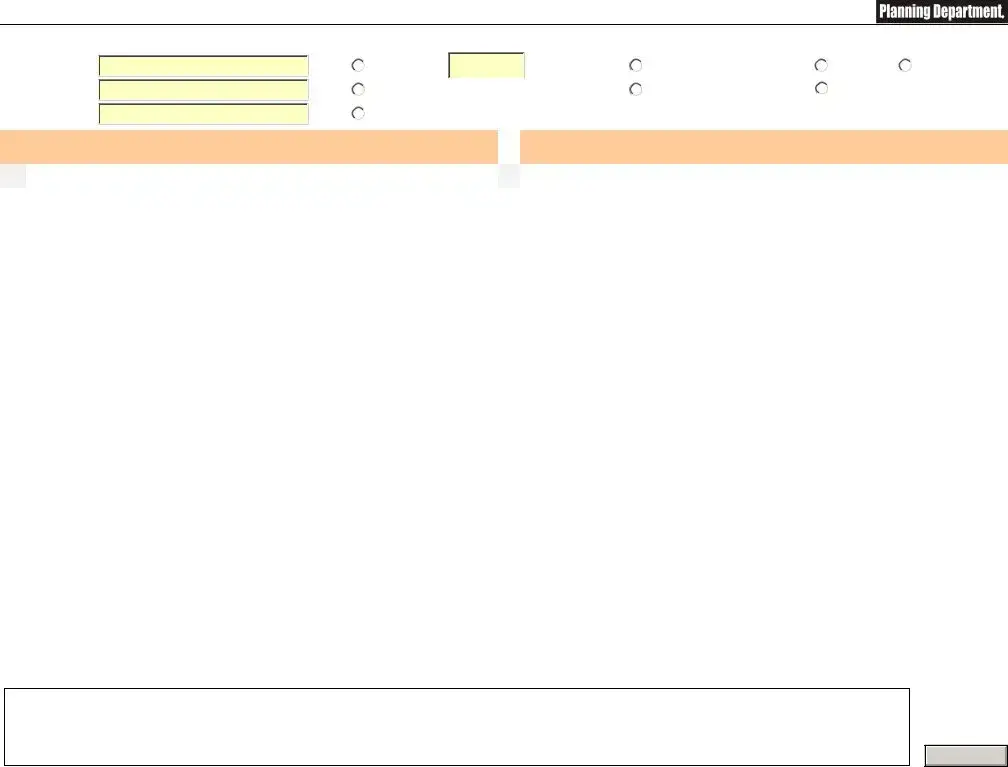Get Electrical Panel Schedule Form in PDF
The Electrical Panel Schedule form is a critical document used in electrical installations to outline the distribution of electrical circuits and their respective loads. This form provides a clear overview of how electricity is allocated throughout a building, ensuring safety and efficiency. By detailing the specific circuits connected to each panel, it helps electricians and contractors maintain organized and compliant electrical systems.
Access Editor Here

